The global pandemic has had a double-sided impact on the consumer packaged goods (CPG) industry. On the one hand, stay-at-home lockdown orders spurred incredible demand for several categories of consumer goods. According to a recent study, CPG brands experienced more absolute growth in 2020 than in the four years from 2016 to 2019. As beneficial as this surge in demand was for many companies, it also caused temporary shortages across multiple essential CPG categories (famously, toilet paper) and led to a decline in brand loyalty when necessity trumped preference.
There have been notable recoveries in both the fight against COVID-19 and in the stabilization of consumer packaged goods. Still, the CPG industry will face significant challenges in the back half of 2021 and beyond. Increasing production and shipping costs are likely to have the most direct impact on how competitive companies will fare amid rising inflation. And with consumers becoming increasingly price-conscious, CPG brands will need to find ways to increase profits without passing these costs along to consumers.
Production and shipping costs continue to rise
Unfortunately, the CPG industry will likely continue facing price increases remainder of 2021 and beyond. The cost of raw materials rose 4.2% between March of 2020 and March of 2021, while labor costs for CPG manufacturers followed the same pattern.
Shipping complications added on another layer of complexity for manufacturers. Due to high product demand across several categories during the pandemic, CPG companies had to improve their supply chains to ensure products remained on shelves.
Yet any CPG manufacturer that relies on raw materials from overseas is likely still going to struggle with shipping, both in cost and time. A shipping container shortage, among other factors, has increased international shipping rates in the double digits. Domestically, the long-term truck driver shortage persists, despite increasing wages for drivers.
Costs are getting passed on to consumers
With the continued rise of production and shipping costs, most CPG companies have been forced to pass these costs on to consumers. All told, the upward push from inflation could cause CPG prices to rise as much as 10% this year. This is undoubtedly concerning for many and could stand to wipe out the wage gains that many consumers have received amid an unprecedented demand for employment.
CPG companies can only pass a limited amount of their costs onto consumers before something gives. The highly competitive market for consumer goods leaves very little wiggle room for pricing too far upward. National CPG brands may find themselves especially conscious of this, given wider consumer interest in lower-cost private label options sold by retailers that often undercut name brands by a considerable percentage.
Rewards programs can deliver a competitive edge
The CPG market is already highly competitive and economic pressures are hitting companies from all sides. As inflation and production costs continue to rise and the potential for supply disruptions remains present, CPG companies need to establish new strategies to drive sales without passing cost burdens along to already price-conscious consumers.
Considering one of the main challenges that CPG brands are facing is rises in costs across the board, the worst thing a company can do is further dilute profit margins by providing a discount. One solution could be to incorporate incentive programs that provide consumers with something valuable in exchange for their purchase, rather than just a one-time discount.
Incentive programs come in many shapes and sizes. While many use coupons and discounts to influence purchase behavior, this structure dilutes profit margins and drives one-time sales, rather than long-term loyalty and affinity. Others, like Shopkick, offer rewards points in exchange for purchase at full price. This structure allows partners to drive sales in a brand-aligned way without associating their brand or product with a discount.
Tyson, for example, discovered the value in reward programs after a successful campaign with Shopkick that drove an impressive 4:1 ROI. Using our unique rewards model, Tyson was able to drive incremental sales amongst both new and existing customers without relying on margin-diluting coupons, discounts, or cash-back incentives. In fact, 62% of those who went on to purchase at full price were new or infrequent customers.
Implementing rewards programs like Shopkick can help CPG brands and retailers weather these difficult times through establishing meaningful relationships with customers, maintaining profit margins, and incentivizing shoppers to select your brand over competitors. To learn more about how Shopkick can help you succeed in 2021 and beyond, get in touch with our team.

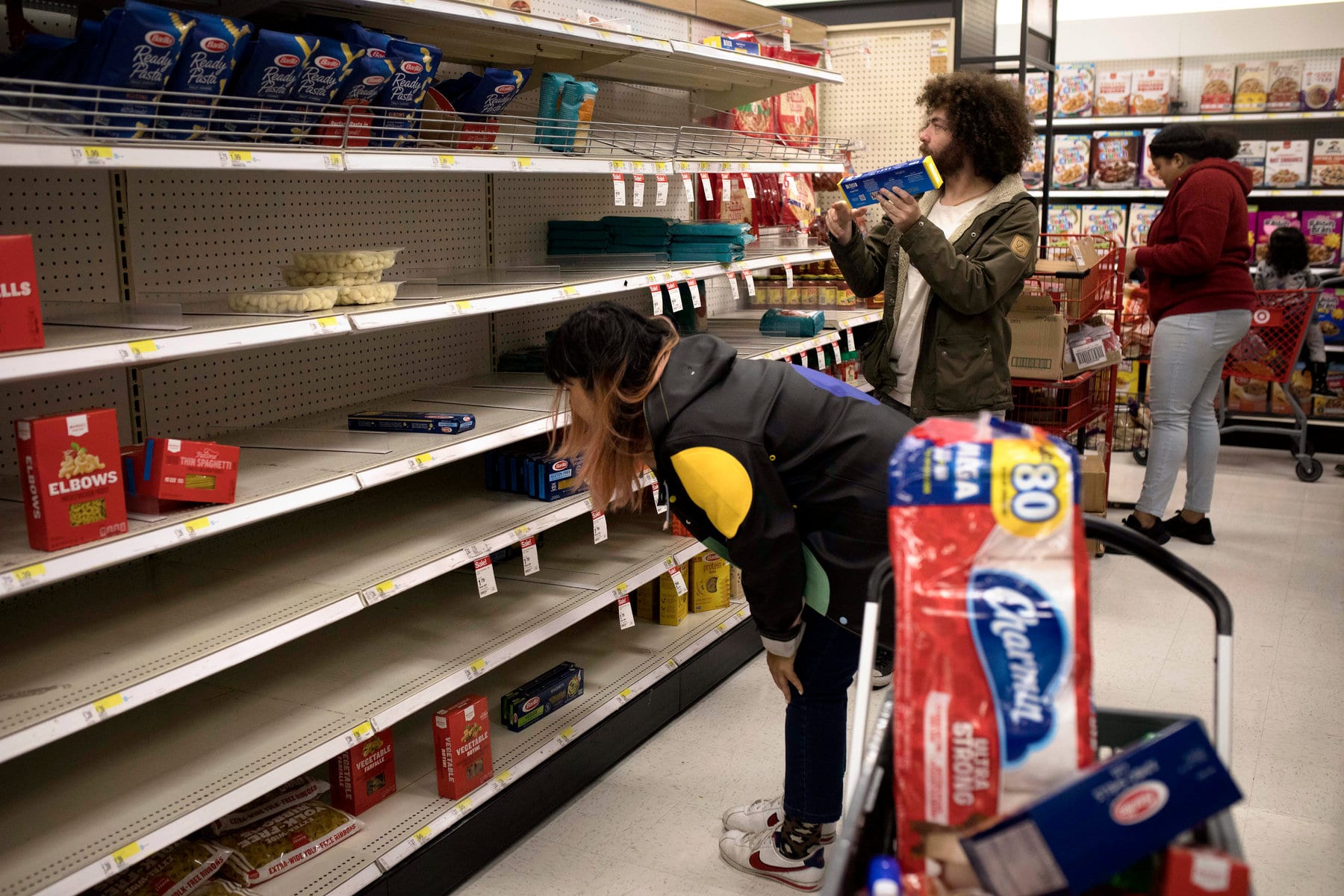




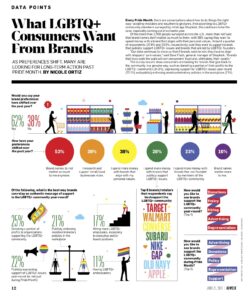
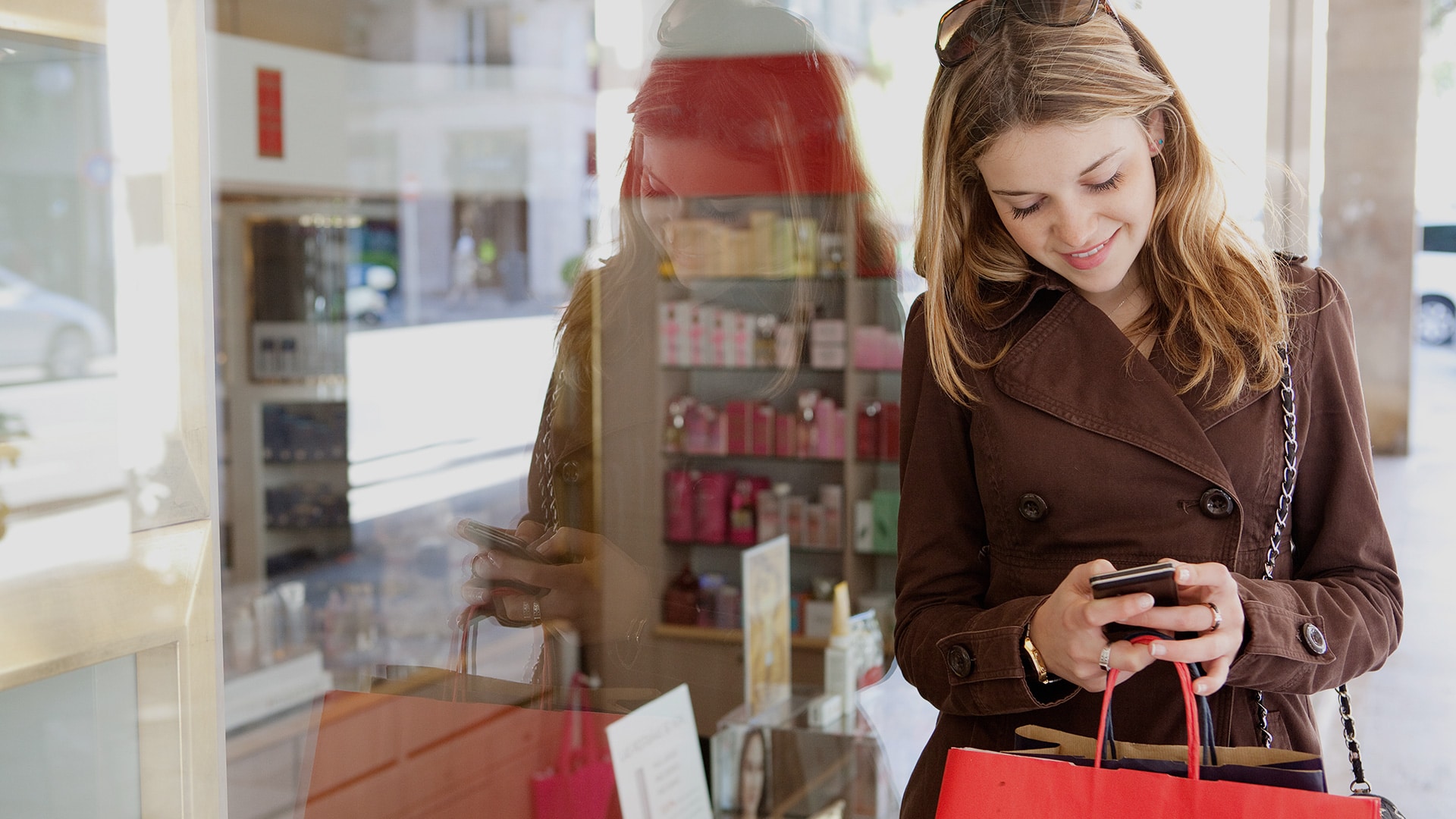
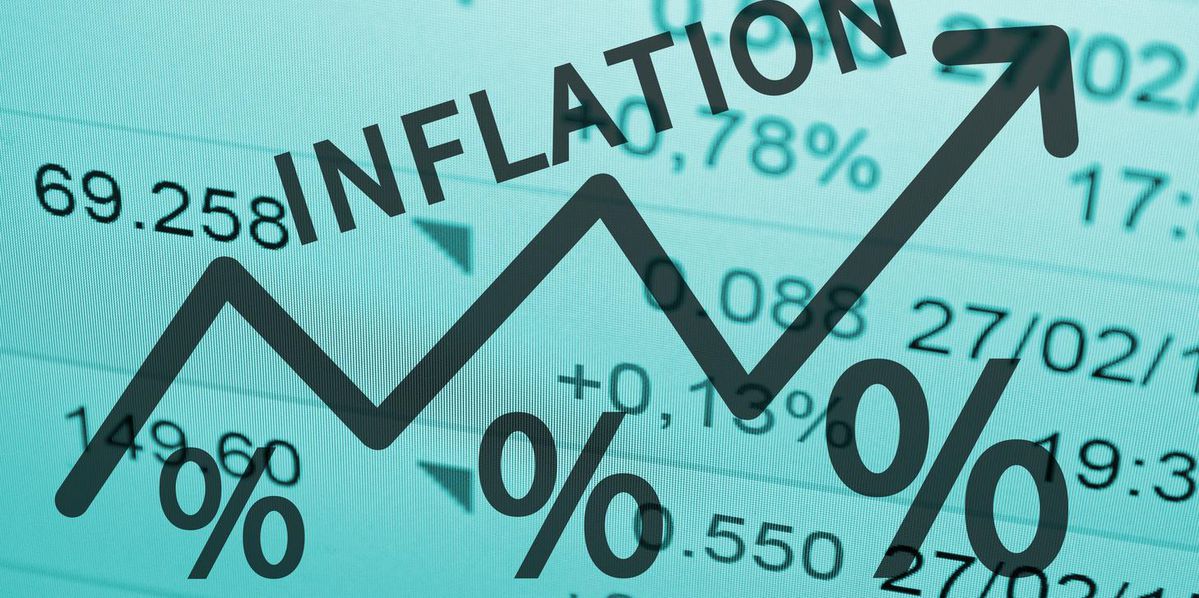


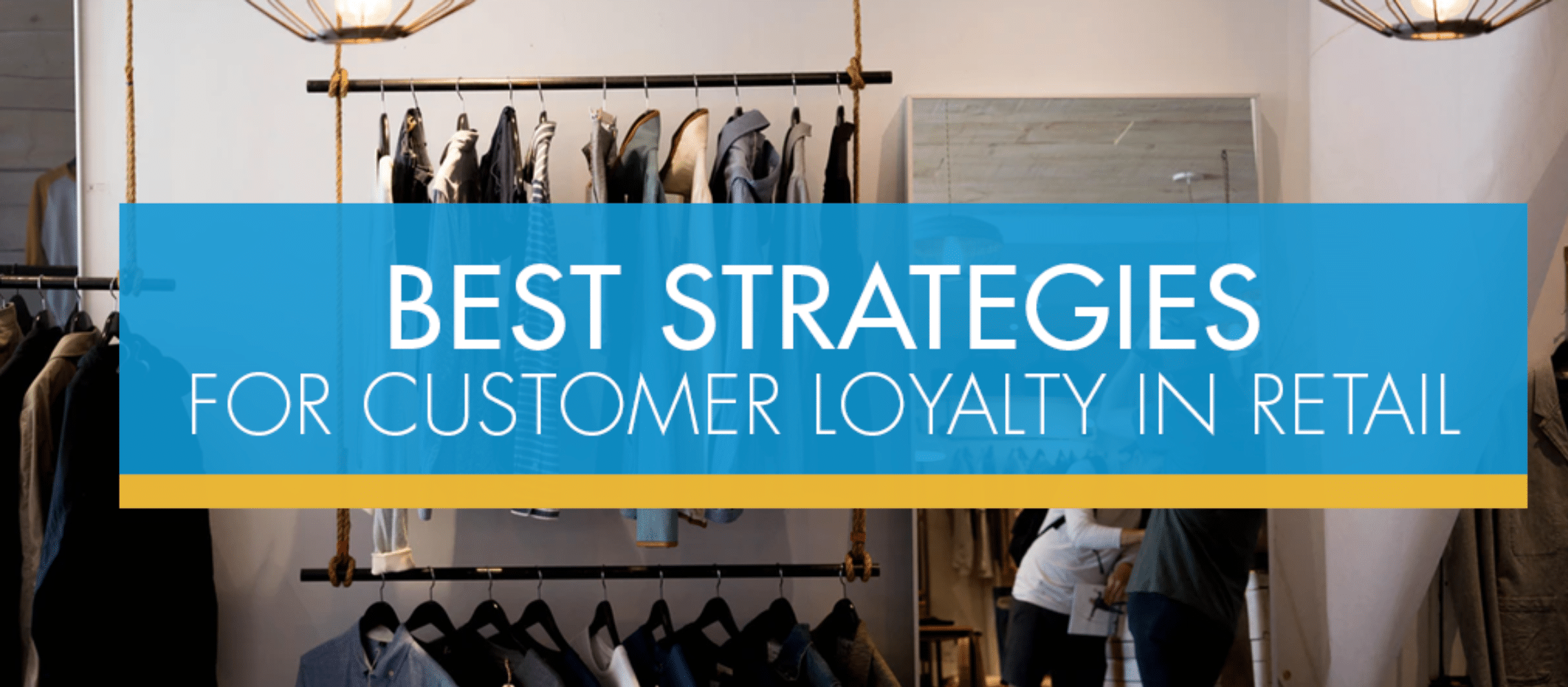
 The best
The best 

